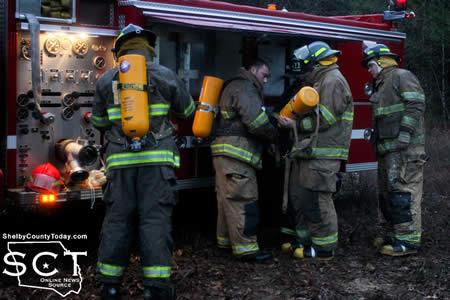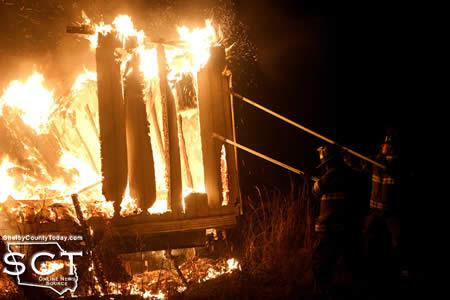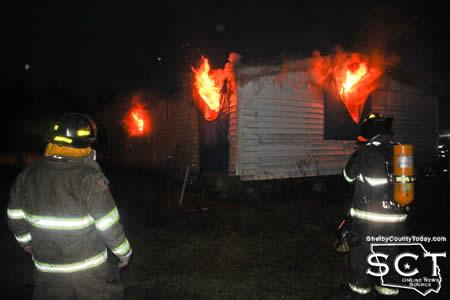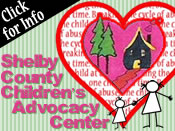
March 13, 2020 - (Photo Album) - The Center Volunteer Fire Department (CVFD) had a training involving a live burn of a house on February 18, 2020. Volunteers gathered at the structure early in the evening in preparation for the burn.
Del Birdwell, a CVFD Training Officer, was one of the organizers of the training involving the house. Most of the interior doors were out of the structure before the ignition of the building, which helped to make it a safer environment for the firemen by eliminating the possibility of an entrapment.
"We've got several new members on the department and we've gone through some Self-Contained Breathing Apparatus (SCBA) training, some SCBA drills, and that really gave a chance for them to do some hose training, nozzle training, wear the air packs," said Birdwell.
Birdwell said even seasoned firemen utilized the time to re-familiarize themselves with the use of SCBA units in a more controlled setting, and still be in a real fire scenario.
As Birdwell lit the fires in the building, the firemen saw flames grow, and the effects on the fuel, as well as how the room reacted to the flames. They also witnessed how the fire traveled to the ceiling and rolled back overhead within the structure.

This provided the firemen with opportunities to see how the use of different equipment and settings would help them in their efforts.
"The different hose streams that they could use to suppress the fire, how each one of them had their advantages and some of them their disadvantages depending on what you were working on and trying to do," said Birdwell.
It was a benefit to the firemen to view the fire from its inception and see how it develops into a fully involved fire. The fuel to ignite the flames wasn't as volatile as some can be, and gave the firemen more time to observe.
"All we used was normal combustibles which was basically straw and wood," said Birdwell. "They can grow so much faster now with all the synthetics and everything else that's inside of a house."
Synthetic substances used more commonly today would make the fire hotter, the smoke blacker and be potentially more dangerous for the firemen with a more toxic fire.

The house used for the training was built in the 1980s, so it had some glues and plastics in it, but nothing like what is in houses manufactured today.
"We talked about ventilation and self ventilation, and you can basically cover everything in fire suppression that you need to cover," said Birdwell.
The way the fire burned worked out for the owner as well, because with the addition of wind, the entire structure burned relatively quickly and completely after the firemen completed there training. By the next morning, there was nothing left to burn.
"When you go through rookie school, whenever I was teaching up there, we did a week of wildfire training and it's in a non-combustible building, but you know for a rural fire department for a fire department in general to be able to train on a real house, it's invaluable just because it's as real life as you can get," said Birdwell.
Birdwell stated to the firemen before the training began, the fire doesn't know it's a training exercise, which means the firemen have to be just as careful as in a real scenario. Safety officers and other people were monitoring the entire time the firemen were training to help insure their safety in the real life environment.
Any training the fire departments perform is reported to the state, and benefits the volunteer firemen as well as paid firmen for their required hours of training.









